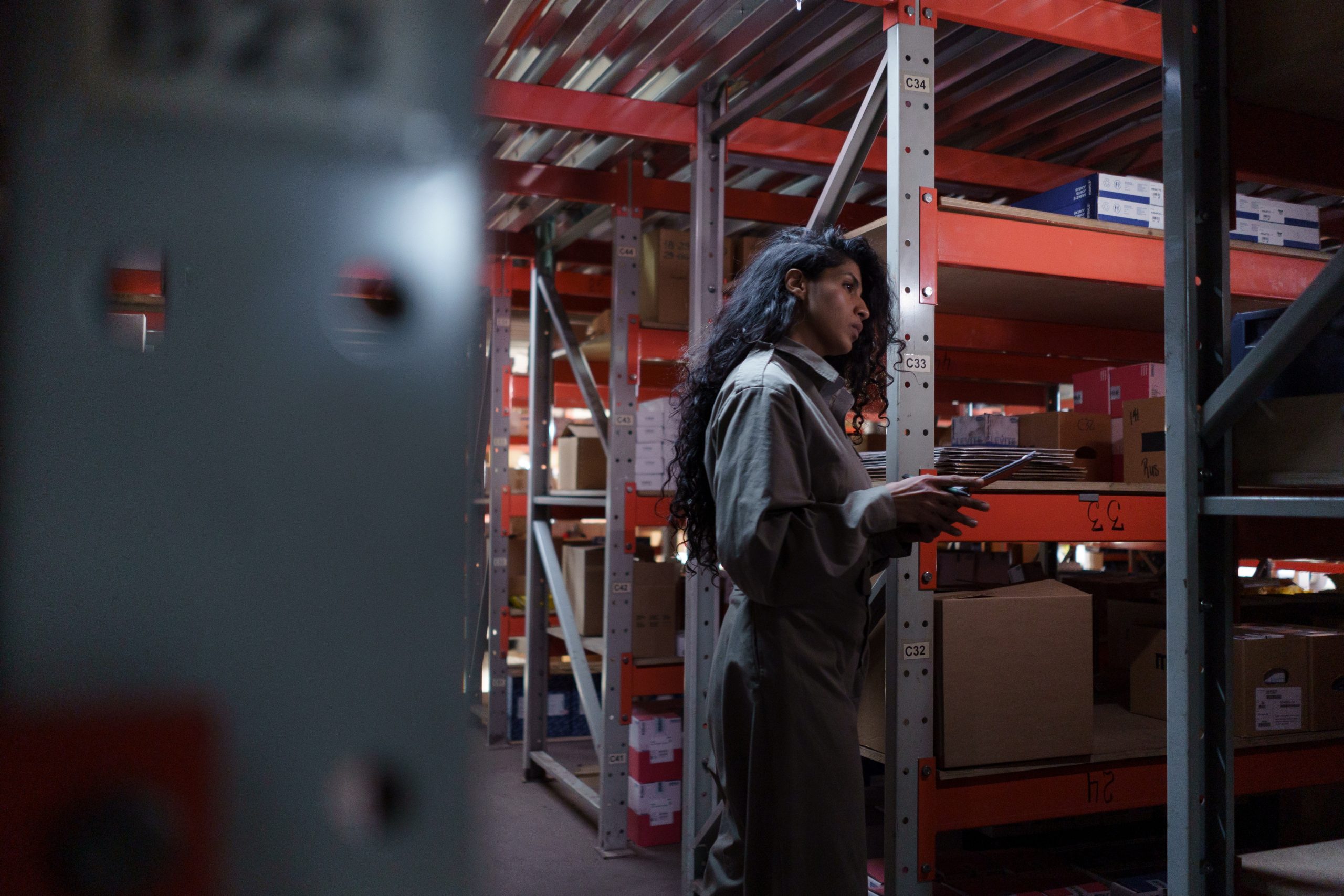For most manufacturers, material resource planning is something that includes all processes and takes place nearly every day. Ensuring your supply chain is functioning at its best is vital to the success of your operations. Because of this, we’d like to share some of our top tips for supply chain management and material resource planning.
What does a good MRP system look like?
If your MRP system is working properly, you should see a variety of benefits. Keep in mind that the system you use may be solid, but it may not be the right fit for your business. Here are some basic signs that your material resource plan is working.
- An increase in timely shipments
- Fewer shortages
- A more organized inventory
- Happier staff
- Financial savings
- More streamlined processes
- Increased accuracy
Tips for getting the most out of your MRP
There are many steps that you can take to enhance the value of your supply chain and material resource planning and your systems. We suggest speaking with an expert before making any decisions or conducting an audit of what is currently working and what you might need to function better.
Use a sales forecast to plan for future demand
Your system should be able to help you plan for future sales and production using a forecast. This will ensure that you have the right number of materials and components on hand when they are needed. If your system can’t generate a forecast, consider using software that can. Your projection does not have to be set in stone. In fact, it is best to make sure there is some flexibility to account for factors that are out of your control.
Ensure visibility of the entire supply chain
If you have an integrated system, make sure that everyone in your organization can see what’s going on within the supply chain. This eliminates confusion and allows for efficient communication between all departments.
Additionally, it enhances collaboration. Teams are able to come together more quickly when they are aware of any problems or changes in the supply chain.
Eliminate inventory waste
An MRP system should be able to easily identify areas where you can reduce waste. This is especially important in long production cycles, as things like customer changes, equipment malfunctions, and supplier errors can all lead to excess resources that are never used. Be sure that all of your staff are trained on how to reduce waste in their area of expertise.
Improve traceability with automated tracking processes
Using tracking tools helps maintain a record of items from production to delivery. They also enable you to quickly identify problems like damaged products or incorrect shipments before it is too late. As a result, you’ll be able to reduce costs due to errors on your end, issues with vendors, and shipping issues. If your system doesn’t include some form of tracking, it will greatly hinder your supply chain.
Integrate all of your data and systems
Data integration can increase visibility throughout your entire supply chain by sharing resources and data among departments. When done correctly, it should also allow for improved planning processes. If you aren’t sure where to start integrating your systems and software, a professional can help you decide what will be best for your needs.
Make sure all your data is accurate
Inaccurate information can lead to delays and inventory shortages. Always make sure that there is accuracy in data entry. This will help you to eliminate errors and ensure that your resources are properly utilized. If you need to train your staff, don’t cut corners to save time! Doing this will be an investment in your company.
Communicate with your suppliers and vendors
Even though doing this won’t prevent all issues, it can significantly reduce supply chain problems and production delays. Make sure that you communicate with suppliers/vendors frequently, and let them know when changes are happening. It is also important to be open and honest about any problems that arise so that they can work with you to solve them quickly.
Optimize your inventory management
Effective material resource planning relies heavily on your staff knowing your inventory. Implementing a system that helps them accurately identify what is available, when it’s needed, and in the right quantity will help you get the most out of your materials. This can be done manually, but it is much more efficient to have a system that handles this for you.
Track all related metrics
This should be a given, but some systems don’t offer the best tracking and analytics. Make sure that you have access to important metrics such as the following.
- Lead times
- Order rates
- Delivery dates
- Production timelines
- Customer satisfaction
This data can help you identify areas where adjustments must be made to ensure optimal performance.
Remain compliant with laws and mitigate risks
Ensure that your systems follow all applicable laws, regulations, and policies. This is especially important if you are working with suppliers in other countries or dealing with hazardous materials. Having a system that allows you to remain compliant will ensure the safety of your staff and customers, as well as protect your reputation. It will also help you avoid hefty fines.
Want to learn more about our business solutions?
At Canyon Rim Consulting, our goal is to be your business partner! We provide comprehensive services that will enhance your processes and competitive advantage. Call us today at (806) 382-7320 for more information about how our Services can help you get the most out of your supply chain and MRP systems!
